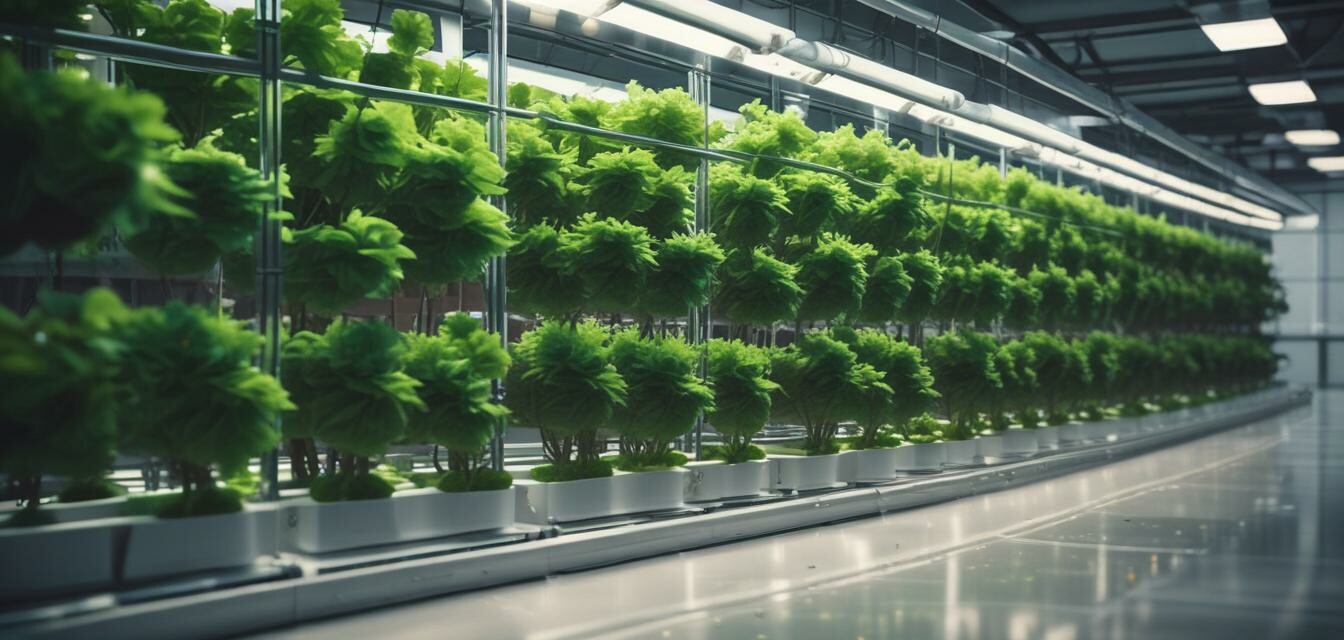
The Future of Hydroponic Technology in 2025
- Hydroponic technology is advancing rapidly, with automation leading the way.
- Artificial Intelligence (AI) is set to play a crucial role in optimizing plant growth.
- Software applications are enhancing the monitoring and management of hydroponic systems.
- The integration of sustainable practices is becoming vital in hydroponics.
- Investment in hydroponic technology is expected to grow significantly by 2025.
As we move toward 2025, hydroponic technology is on the verge of revolutionizing the way we grow plants. This article explores the projected advancements that will enhance efficiency, yield, and sustainability in hydroponic gardening.
1. Rise of automation in hydroponics
Automation is taking center stage in hydroponic systems, streamlining processes and reducing manual labor. Here’s a look at some key aspects:
| Automation Aspect | Description |
|---|---|
| Automated nutrient delivery | Systems that automatically mix and deliver nutrient solutions to plants based on their needs. |
| Climate control systems | Smart systems that monitor environmental factors such as temperature, humidity, and light, adjusting them as needed. |
| Robotic systems | Robots designed to assist in planting, harvesting, and relocating plants. |
The rise of automation not only improves productivity but also allows for more precise management of resources, which can lead to better growth rates. For more information about what to consider when setting up an automated system, visit our Buying Guides.
2. The role of artificial intelligence
Artificial Intelligence (AI) is becoming a driving force in hydroponic gardening. By analyzing data, AI can provide real-time insights to optimize plant health. Key AI applications include:
- Data analysis: AI algorithms can analyze large sets of data to identify optimal growth patterns.
- Predictive modeling: Using historical data to predict future outcomes, AI can help growers make informed decisions.
- Resource management: AI can help automate and optimize the use of nutrients, water, and other resources.
The integration of AI into hydroponics systems can greatly enhance efficiency, maximizing yield while minimizing resource consumption. To learn more about monitoring systems that can aid your hydroponic setup, check out our Monitoring & Sensors page.
3. Software applications transforming hydroponics
Innovative software is essential for managing modern hydroponic systems. New apps are being developed to offer:
| Software Feature | Description |
|---|---|
| Remote monitoring | Manage and monitor your hydroponic system from anywhere via smartphone apps. |
| Data logging | Track growth, environmental conditions, and nutrient levels over time. |
| Automated alerts | Receive notifications for abnormal conditions or when actions are needed. |
These applications empower growers to make informed decisions. For more insights, check out our review on the latest monitoring technologies in hydroponics at News and Trends.
4. Sustainable growing practices
As we approach 2025, sustainability will become essential in hydroponic practices. This includes:
- Closed-loop systems: These systems recycle water and nutrients, significantly reducing waste.
- Renewable energy sources: Solar panels and wind energy are being incorporated into hydroponic farms to power operations.
- Biodegradable growing media: Innovative materials are emerging that are compostable and reduce plastic use.
Embracing sustainable practices not only benefits the environment but also appeals to an increasingly eco-conscious consumer base. For more information on growing media, visit our Growing Media category.
5. Expected growth and investment trends
The hydroponics market is set to experience substantial growth by 2025. Industry innovations and increasing consumer demand are pushing investment in hydroponic technology to new heights.
Pros
- Enhanced plant growth and yield.
- Reduction in water use compared to traditional agriculture.
- Ability to grow in urban settings with limited space.
Cons
- High initial setup costs for advanced systems.
- Technical knowledge required to manage sophisticated systems.
- Potential for system failures if not monitored properly.
Conclusion
The future of hydroponic technology is bright, with advancements that promise to enhance food production sustainably and efficiently. By embracing automation, artificial intelligence, and sustainable practices, growers can meet the challenges of the future head-on.

